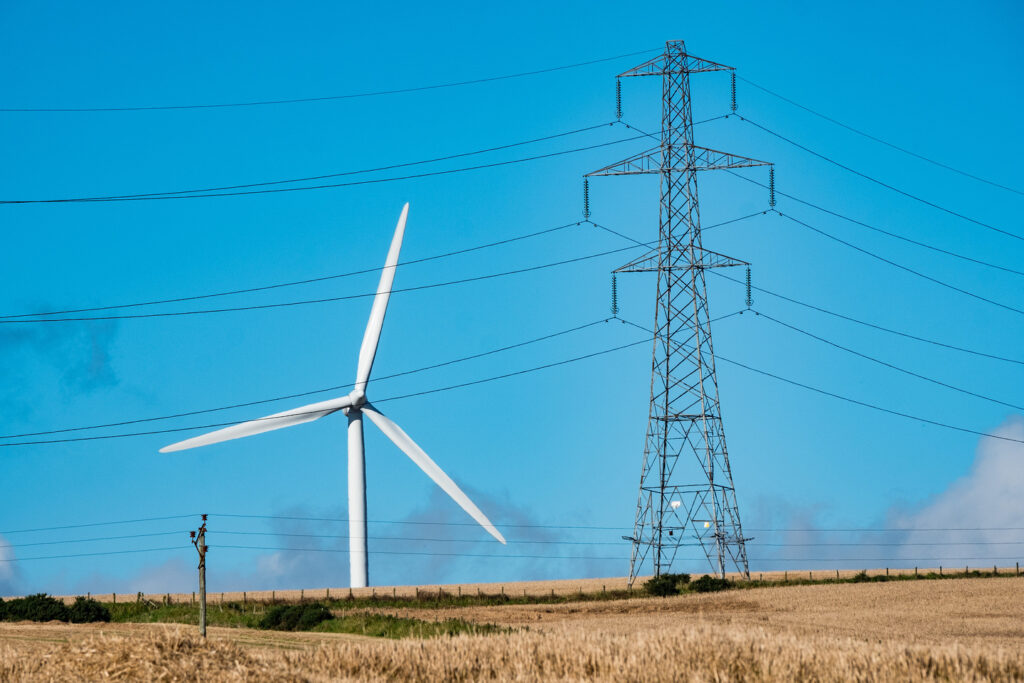SSEN Transmission has planned to reduce its own carbon emissions by a third by March 2026.
To achieve this goal a £16.9 million programme has been created to take on areas that carbon reduction can be achieved.
The date has been selected will coincide with the end of the current transmission networks price control period (RIIO-T2).
This pathway through 2026 will put the company in line with its 2030 trajectory and in accordance with the 1.5°C global warming pathway based on the Paris Agreement.
With energy use accounting for 66.9% of total emissions across the operator’s substations it is looking into reducing the emissions with three main solutions.
Firstly it is looking into making up to 83 substations and office areas energy efficient, by properly insulating the locations, installing heating controls or switching to LEDs when possible.
As the network operator is bracing itself for up to 5 million electric vehicles in its distribution area only by 2050, it will install 22kW EV charger at 32 of its substations with a further 98 remote charging points in order to support plans to bring its EV fleet to 50% by 2026.
Finally, 44 sites will have solar PV installed making them self-sufficient and with proposed arrays going between 20-150kWp for a total installed capacity exceeding 2MWp.
Vic Stirling, Director of Network Renewals & Customer Connections at SSEN Transmission said: “Every kWh of electricity used in powering our substations is a kWh of clean energy that doesn’t get transmitted to the rest of the UK. And unlike line and equipment losses, this is avoidable waste – we can do something about it.”






